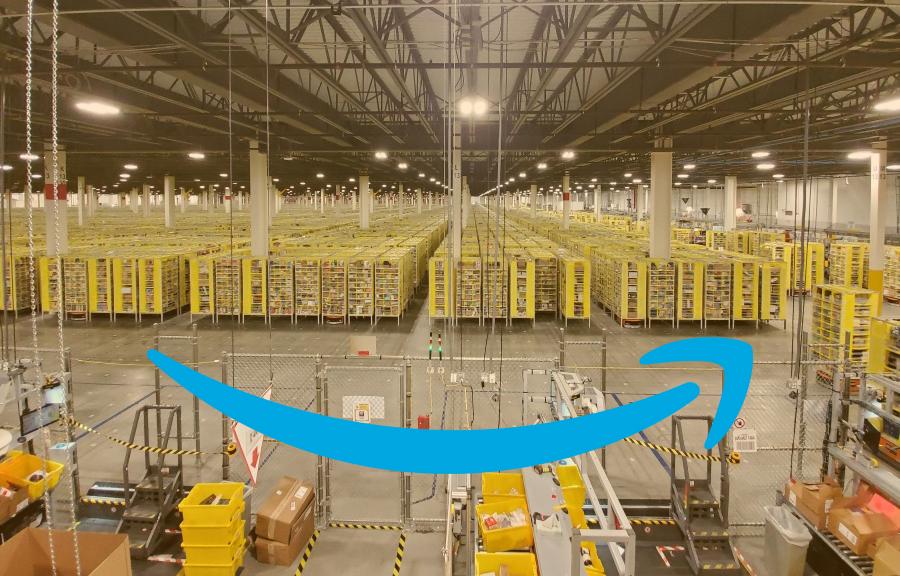Chaotic Storage!
How would you visualize a warehouse?
Rows and rows of sorted articles with sections for each kind of product. Products are sorted either by name, size, manufacturer, price or whatever seems to be working best for the company.
This might sound the ideal way to run your warehouse and a case for great inventory management, right?
Wrong! There is still plenty of optimization that can be achieved by introducing and utilizing chaos!
This is how Amazon’s warehouse looks like:


Pic sources: Twistedsifter, reddit
By employing Chaotic Storage, you are essentially organizing the confusion!
A toy car next to an accessory, sharing space with a T-shirt, Batman DVDs and a set of spanners – this could be the contents of a shelf!
How does it work?
At the heart of this Chaotic Storage is a Sophisticated Warehouse management system that,
- Records each storage space available and its current status (% utilized)
- Tags incoming items to empty shelves
- De-tags outgoing items to free up available space
Why is it better than the organized storage?
- Efficient usage of storage: No waiting time to fill-up the shelves – i can fill it with whatever product i want to rather than wait for similar products
- No need of manual learning: Employees do not have to be trained on locations
- Reduced pick-up errors: Minimal variants/colors available in a storage space, hence chances of picking the wrong variant reduces
For each order received, the system provides the optimized fulfillment route (collecting the items that make up an order), hence making it simple for either the human or the robots performing the order fulfillment.
Sometimes Chaos can lead to the most optimized of solutions (sounds a lot like India – Order amidst chaos!)

